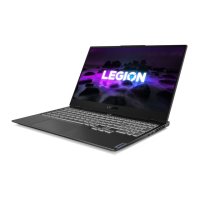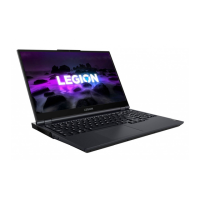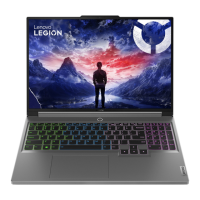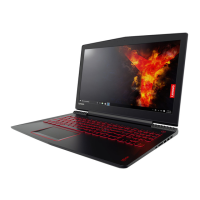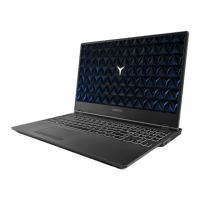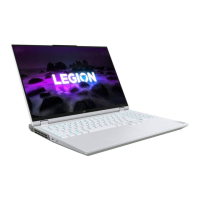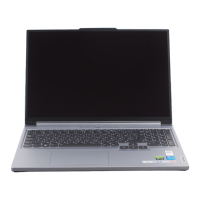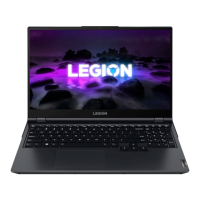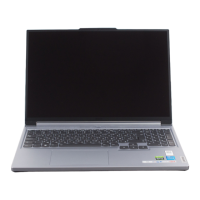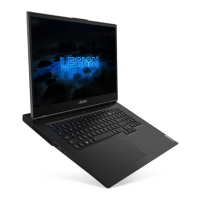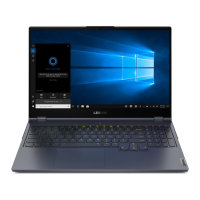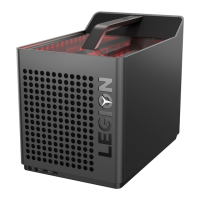
Do you have a question about the Lenovo Legion C530 and is the answer not in the manual?
| Memory slots | 2x DIMM |
|---|---|
| Internal memory | 16 GB |
| Memory channels | Dual-channel |
| Memory clock speed | 2666 MHz |
| Internal memory type | DDR4-SDRAM |
| Maximum internal memory | 32 GB |
| Bus type | DMI3 |
| Tjunction | 100 °C |
| Processor cache | 12 MB |
| Processor cores | 6 |
| Processor model | i7-8700 |
| System bus rate | 8 GT/s |
| Processor family | Intel® Core™ i7 |
| Processor series | Intel Core i7-8700 Desktop Series |
| Processor socket | LGA 1151 (Socket H4) |
| Processor threads | 12 |
| Processor codename | Coffee Lake |
| Processor frequency | 3.2 GHz |
| Processor cache type | Smart Cache |
| Processor lithography | 14 nm |
| Processor manufacturer | Intel |
| PCI Express slots version | 3.0 |
| Processor boost frequency | 4.6 GHz |
| Processor operating modes | 64-bit |
| ECC supported by processor | No |
| PCI Express configurations | 1x16, 1x8+2x4, 2x8 |
| Thermal Design Power (TDP) | 65 W |
| Number of processors installed | 1 |
| Maximum number of PCI Express lanes | 16 |
| Memory bandwidth supported by processor (max) | 41.6 GB/s |
| Maximum internal memory supported by processor | 64 GB |
| HDD size | 3.5 \ |
| HDD speed | 7200 RPM |
| HDD capacity | 1000 GB |
| HDD interface | SATA III |
| Storage media | HDD |
| Discrete graphics card | Yes |
| Number of execution units | 24 |
| On-board graphics card ID | 0x3E92 |
| Discrete graphics card model | NVIDIA® GeForce® GTX 1060 |
| On-board graphics card model | Intel® UHD Graphics 630 |
| On-board graphics card family | Intel® UHD Graphics |
| On-board graphics card OpenGL version | 4.5 |
| On-board graphics card base frequency | 350 MHz |
| On-board graphics card DirectX version | 12.0 |
| On-board graphics card dynamic frequency (max) | 1200 MHz |
| Number of displays supported (on-board graphics) | 3 |
| Wi-Fi | - |
| Cabling technology | 10/100/1000Base-T(X) |
| Ethernet LAN data rates | 10, 100, 1000 Mbit/s |
| Headphone outputs | 2 |
| USB 2.0 ports quantity | USB 2.0 ports have a data transmission speed of 480 Mbps, and are backwards compatible with USB 1.1 ports. You can connect all kinds of peripheral devices to them. |
| USB 3.2 Gen 1 (3.1 Gen 1) Type-A ports quantity | 4 |
| USB 3.2 Gen 2 (3.1 Gen 2) Type-C ports quantity | 0 |
| Volume | 19 L |
| Color name | Iron grey |
| Chassis type | Tower |
| Product color | Gray |
| Housing material | Metal |
| Sustainability certificates | RoHS, ENERGY STAR |
| Audio chip | Realtek ALC233 |
| Audio system | High Definition Audio |
| Product type | PC |
| Market positioning | Gaming |
| Motherboard chipset | Intel® B360 |
| Scalability | 1S |
| Processor code | SR3QS |
| Processor ARK ID | 126686 |
| Processor package size | 37.5 x 37.5 mm |
| Supported instruction sets | AVX 2.0, SSE4.1, SSE4.2 |
| Thermal solution specification | PCG 2015C |
| Intel Identity Protection Technology version | 1.00 |
| Depth | 358 mm |
|---|---|
| Width | 238 mm |
| Height | 305 mm |
| Weight | 11000 g |
Emphasizes reading all caution and danger statements before proceeding with instructions.
Rules to ensure general safety during maintenance operations.
Precautions for safe handling of electrical components and hazards.
Checklist for identifying potentially unsafe conditions on the computer.
Procedures to protect sensitive electronic components from ESD damage.
Requirements for proper electrical grounding to ensure safety and system function.
General caution and danger notices related to electrical and physical hazards.
Lists physical and environmental specifications for the computer.
Step-by-step guide for troubleshooting computer issues.
Instructions on how to launch the BIOS setup utility.
How to navigate and modify system configuration options within the BIOS.
Information on setting and managing system access passwords.
Details on setting, changing, and deleting administrator passwords.
Information on setting, changing, and deleting power-on passwords.
How to enable or disable hardware devices via BIOS settings.
Procedures for selecting temporary or permanent boot devices.
Steps to modify the boot device order.
Instructions on how to save or discard changes and exit the BIOS utility.
Common causes and solutions for hard disk drive boot failures.
Troubleshooting steps for power supply issues.
Explanation of Power-On Self-Test (POST) error messages and their resolutions.
Systematic approach to diagnose unknown hardware problems.
Identification of connectors and controls on the front of the computer.
Identification of connectors and components on the rear of the computer.
Explanation of self-service and optional-service FRUs/CRUs.
Illustration showing the location of major FRUs and CRUs.
Detailed list of FRUs, identifying self-service and optional-service components.
Continuation of the FRU list and their service classification.
Diagram of motherboard connectors and components.
Important preliminary information and safety precautions for hardware replacement.
Essential steps to follow before starting any hardware disassembly.
Guide for replacing keyboard and mouse components.
Instructions for safely removing the left computer cover.
Instructions for safely removing the right computer cover.
Procedure for removing the front panel assembly.
Instructions for safely removing the rear computer cover.
Steps for replacing the Light Emitting Diode (LED) board.
Procedure for removing and installing the power supply unit.
Instructions for replacing the optical drive.
Guide for replacing the M.2 solid-state drive.
Procedure for replacing the standard 3.5-inch hard disk drive.
Steps for removing and installing the graphics card.
Instructions for installing or replacing RAM modules.
Procedure for removing and installing the wireless network card.
Steps for replacing the front Wi-Fi antenna.
Steps for replacing the rear Wi-Fi antenna.
Procedure for replacing the thermal sensor component.
Guide for removing and installing the CPU heat sink and fan.
Detailed instructions for removing and installing the central processing unit (CPU).
Procedure for replacing the front cooling fan.
Procedure for replacing the rear cooling fan.
Step-by-step guide for removing and installing the system board.
Supplementary information for service representatives.
How power management features reduce energy consumption.
Details on ACPI BIOS and its role in power management.
Features enabling automatic computer startup.
